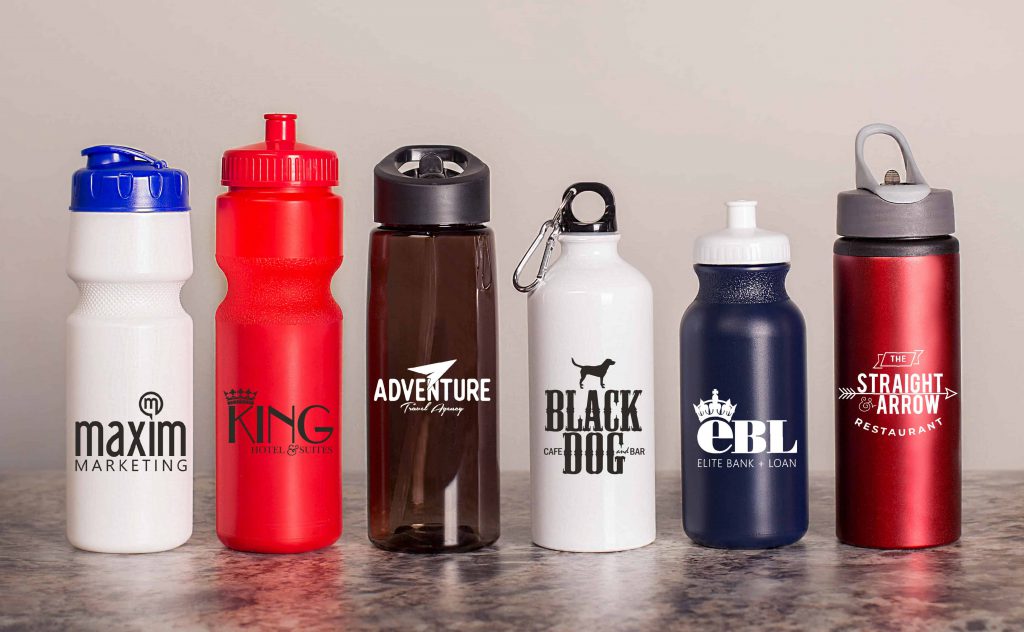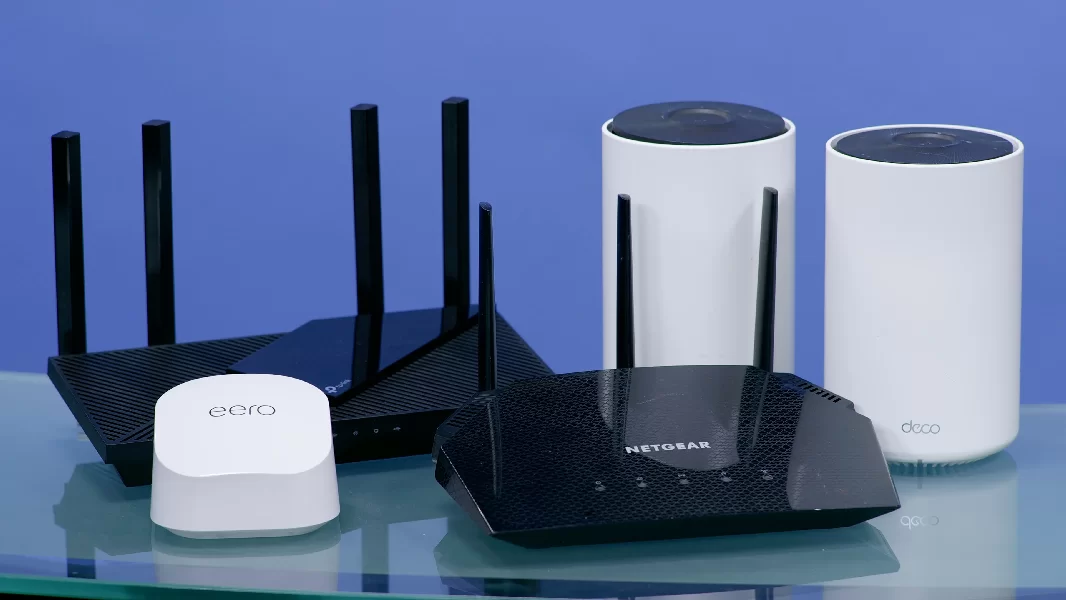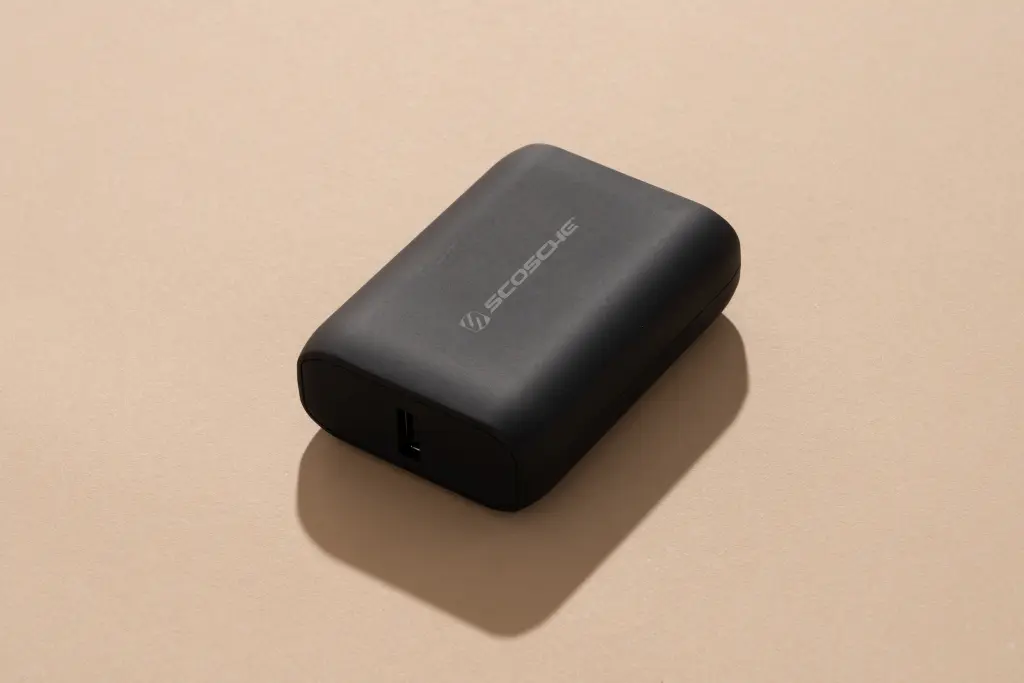
Introduction:
Staying hydrated throughout the day is essential for our overall well-being, and having a reliable water bottle by your side makes it easier to meet your hydration goals. With so many options available, choosing the right water bottle can seem overwhelming. In this blog post, we will guide you through the key factors to consider when selecting a water bottle, ensuring you find the perfect companion for your hydration needs on-the-go.
- Material:
Water bottles come in various materials, each with its own advantages and considerations. Common options include plastic, stainless steel, glass, and silicone. Plastic bottles are lightweight and affordable, but they may retain odors and can potentially leach chemicals. Stainless steel bottles are durable, BPA-free, and keep beverages hot or cold for extended periods. Glass bottles offer a safe and clean-tasting option but are more fragile. Silicone bottles are collapsible and lightweight, ideal for travel and sports. Consider your priorities regarding durability, health, and convenience when choosing the material. - Size and Capacity:
The size and capacity of your water bottle depend on personal preferences and daily hydration needs. Smaller bottles, like 16-ounce (500 ml) options, are compact and suitable for short outings or kids. Medium-sized bottles around 24-32 ounces (750-1000 ml) offer a good balance between portability and capacity. For longer adventures or intense physical activities, larger bottles with capacities of 40 ounces (1200 ml) or more may be preferred. Consider your typical daily routine, activities, and the availability of refilling stations to determine the appropriate size and capacity. - Insulation:
If you enjoy sipping cold water or hot beverages throughout the day, an insulated water bottle is worth considering. Insulated bottles are designed to keep drinks at their desired temperature for longer periods. Double-walled vacuum insulation is commonly used for this purpose. These bottles can keep cold drinks chilled for up to 24 hours and hot drinks warm for up to 12 hours. Insulated bottles are ideal for outdoor adventures, work, or travel, where access to temperature control may be limited. - Lid Type:
The lid of your water bottle affects ease of use, convenience, and spill prevention. Common lid types include screw-on caps, flip-top lids, straw lids, and sports caps. Screw-on caps provide a secure seal but may be less convenient for frequent sipping. Flip-top lids allow easy access to the spout and are suitable for one-handed use. Straw lids provide quick hydration without tilting the bottle. Sports caps facilitate high-flow drinking, making them ideal for active pursuits. Consider your drinking habits and preferences when selecting the lid type. - Ease of Cleaning:
Regular cleaning ensures the longevity and hygiene of your water bottle. Look for bottles with wide-mouth openings that allow easy access for cleaning, adding ice cubes, or infusing fruits. Removable parts, such as straws or silicone seals, make cleaning more convenient. Dishwasher-safe bottles save time and effort, but it’s important to check the manufacturer’s recommendations to prevent damage. Consider the cleaning requirements and convenience when choosing a water bottle. - Durability and Portability:
A durable water bottle is essential for long-term use and to withstand accidental drops or rough handling. Stainless steel and silicone bottles tend to be more durable, while glass bottles require careful handling. Consider features such as impact resistance and scratch-resistant coatings. Additionally, portability is crucial for those who are always on the move. Look for bottles with lightweight and compact designs, and consider features like carrying handles, carabiner attachments, or collapsibility for easy transport. - Eco-Friendliness:
Choosing an eco-friendly water bottle helps reduce single-use plastic waste and contributes to a sustainable lifestyle. Look for bottles made from recyclable materials and consider their overall environmental impact. Additionally, some brands offer reusable filters or replaceable filter cartridges, allowing you to purify tap water on-the-go and reduce reliance on single-use plastic water bottles. - Price and Brand:
Water bottle prices vary depending on the material, brand, and features. Set a budget based on your preferences and needs. While well-known brands often offer quality and reliability, there are also lesser-known brands that provide excellent options at affordable prices. Research customer reviews, compare prices, and consider warranties or guarantees offered by the brand to ensure your investment is worthwhile.
Conclusion:
Choosing the right water bottle is a personal decision that depends on your lifestyle, hydration needs, and preferences. Consider factors such as material, size and capacity, insulation, lid type, ease of cleaning, durability, portability, eco-friendliness, price, and brand reputation. By evaluating these factors, you can find a water bottle that perfectly matches your hydration goals and supports your on-the-go lifestyle. Remember, a well-chosen water bottle not only keeps you hydrated but also contributes to your overall well-being and sustainability efforts. Cheers to staying hydrated!



